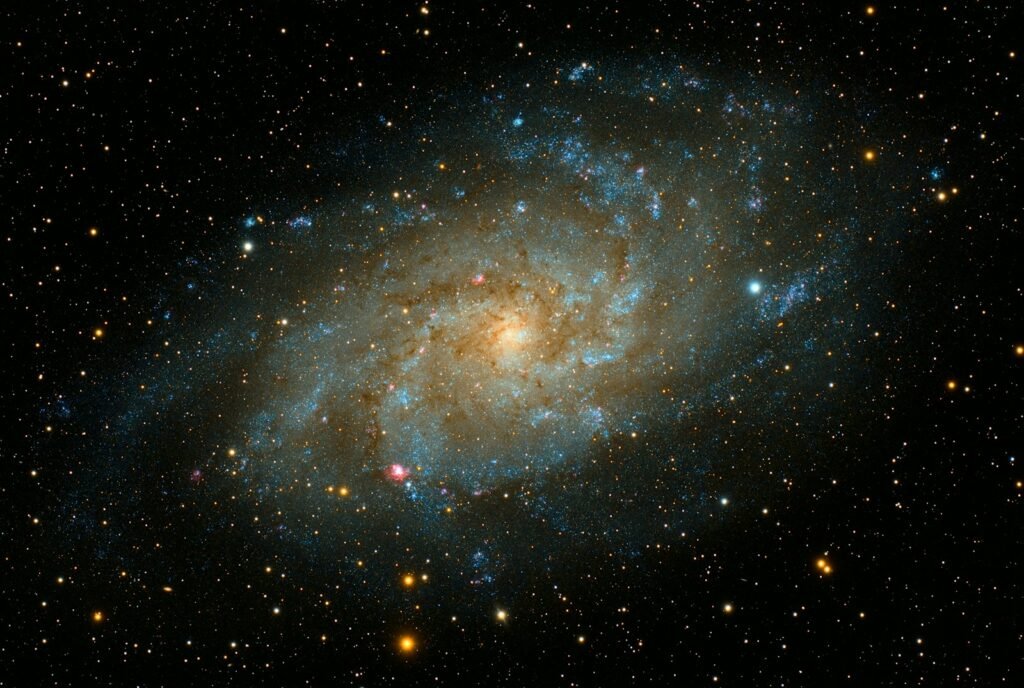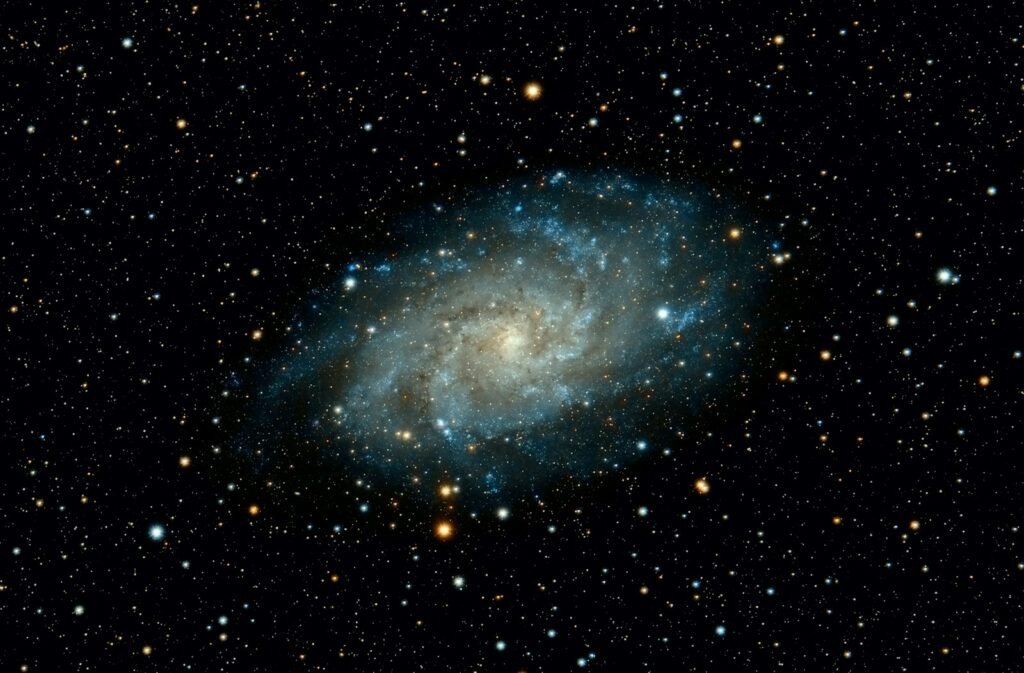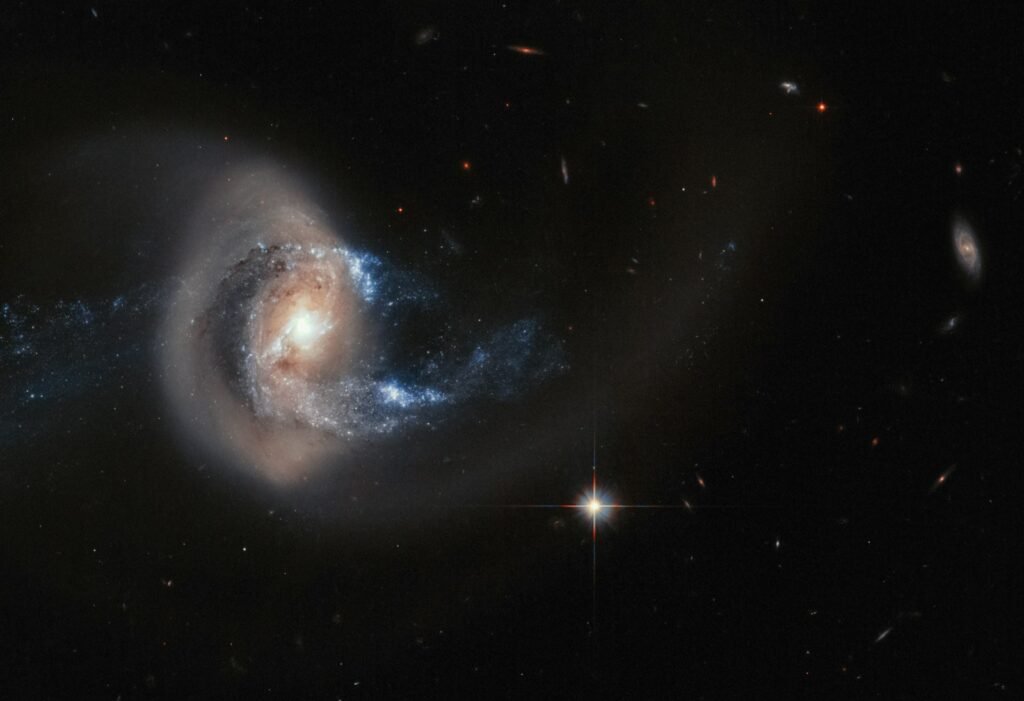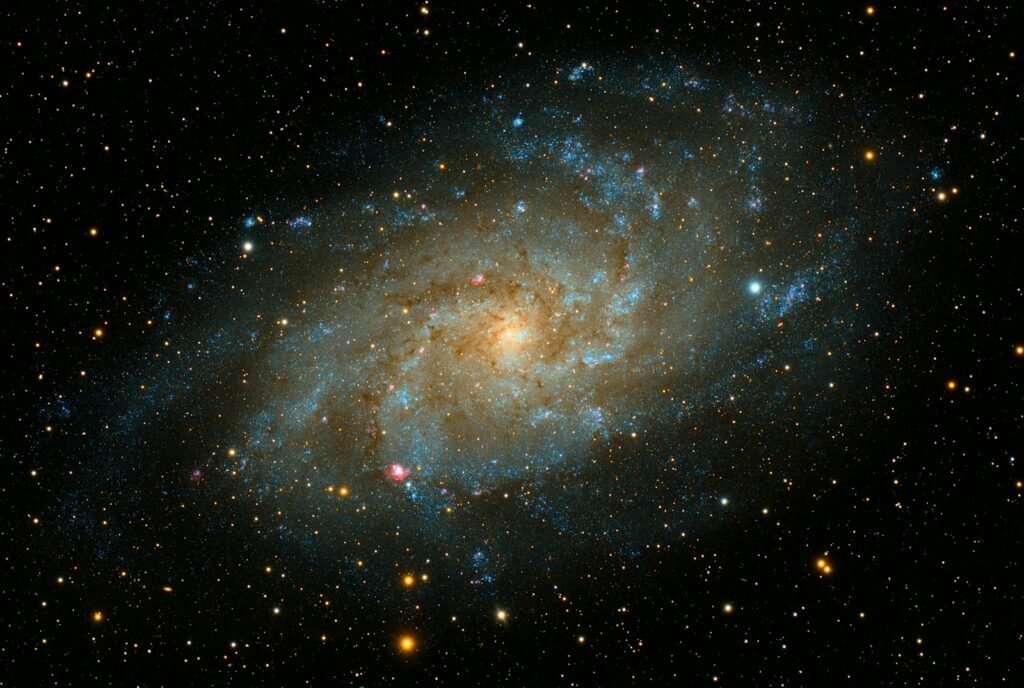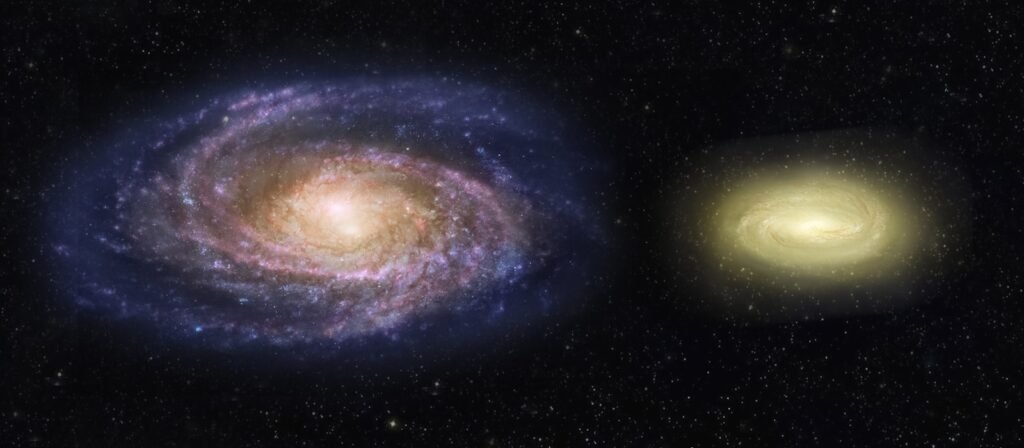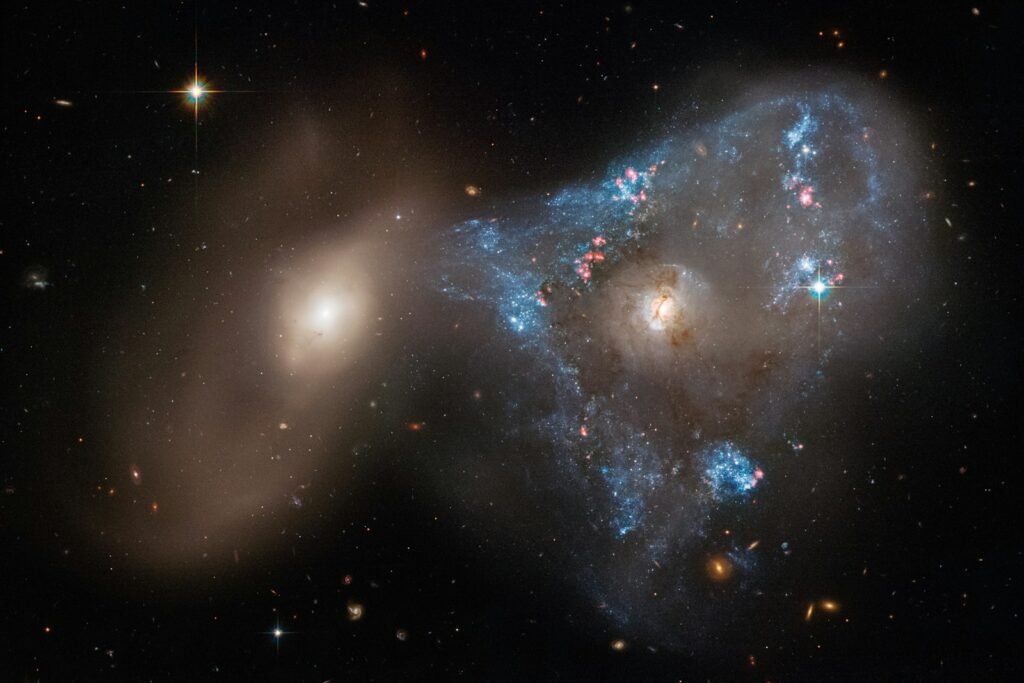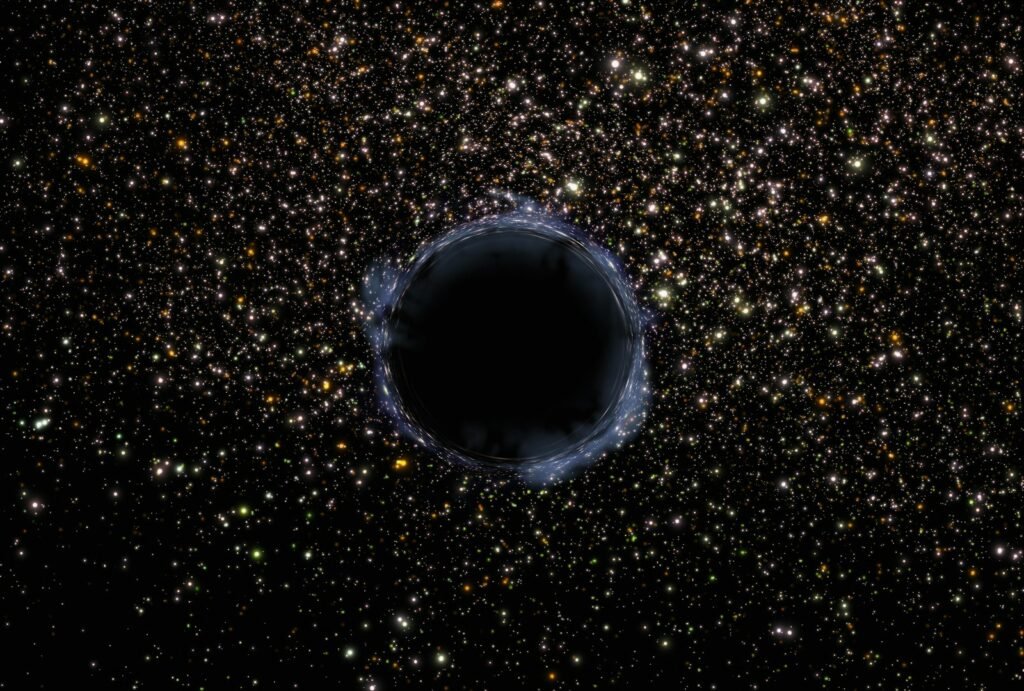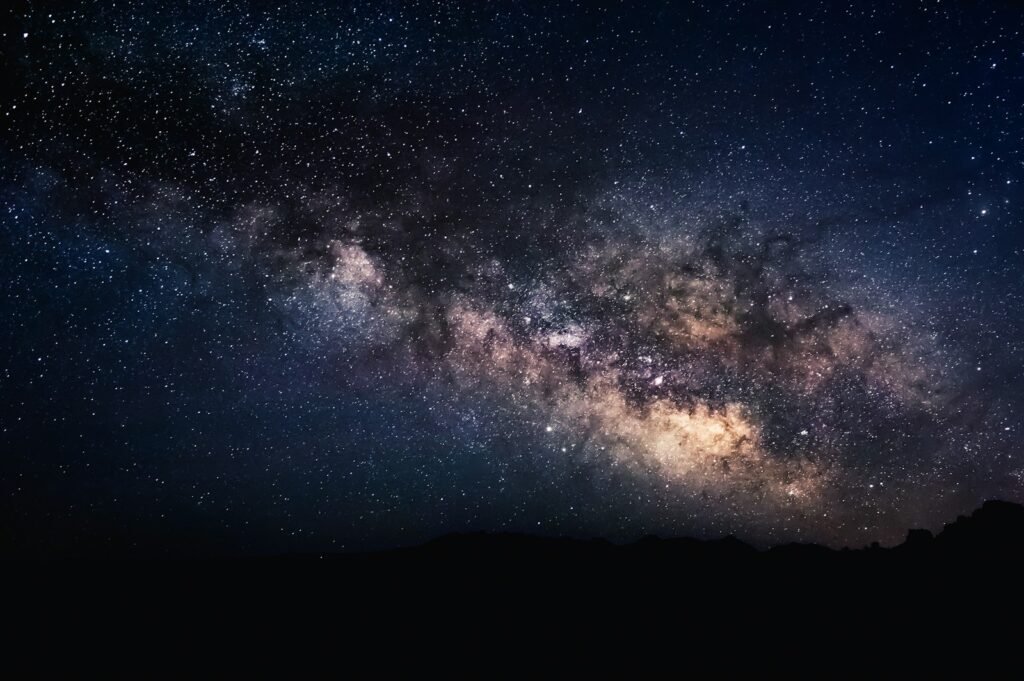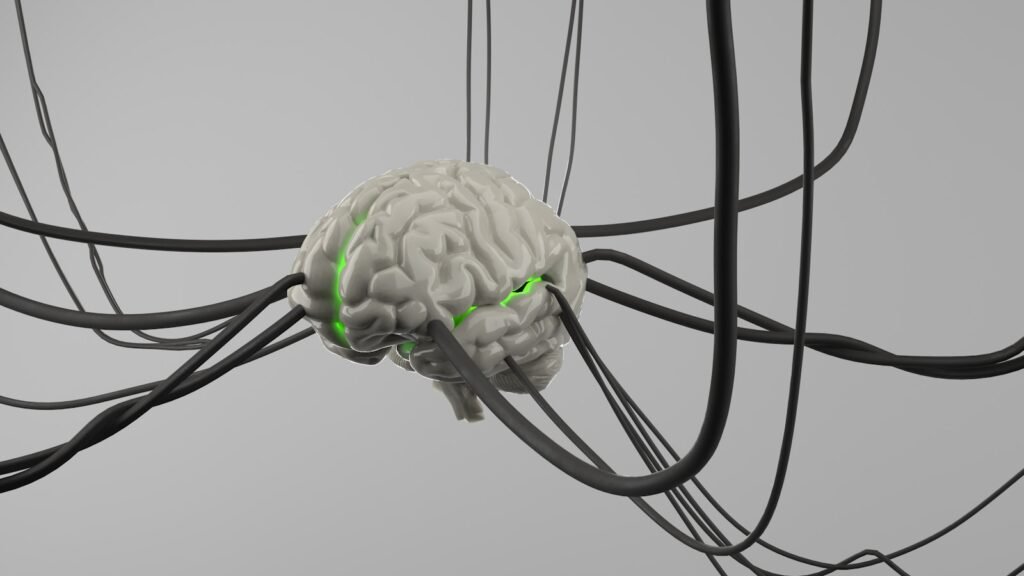Our Universe Might Be a Living Organism, New Theories Suggest
What if the universe isn’t a cold, indifferent void, but something more like a vast, slowly breathing creature? It sounds like science fiction, yet a growing number of physicists, cosmologists, and philosophers are taking versions of this idea seriously enough to write papers, build models, and argue at conferences about it. For them, the ...

